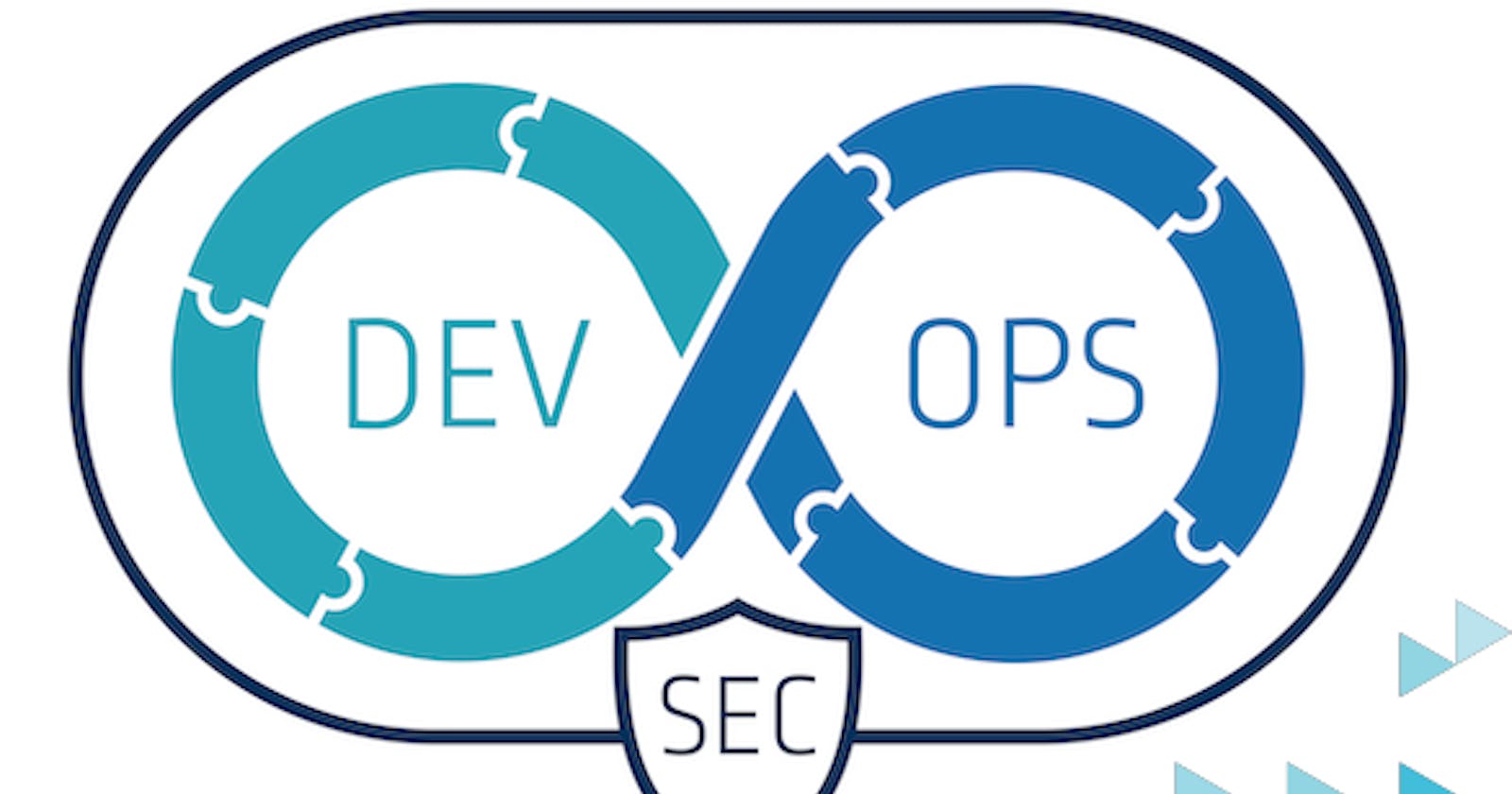The world of software development has been evolving rapidly, and with it, the need for a more integrated approach to security. Enter DevSecOps, a methodology that seeks to incorporate security practices and principles throughout the entire software development lifecycle.
In this article, we will explore the fundamentals of DevSecOps, including its definition, benefits, and best practices.
What is DevSecOps?
DevSecOps is an approach to software development that emphasizes the integration of security practices throughout the entire development process. This means that security is no longer an afterthought or a separate phase of development, but rather an integral part of the development process from the beginning.
Benefits of DevSecOps
The benefits of DevSecOps are numerous. By integrating security practices and principles throughout the entire development process, organizations can improve the quality of their software, reduce the risk of security breaches, and enhance their overall agility and speed to market.
Additionally, DevSecOps can help organizations:
Identify and fix security vulnerabilities earlier in the development process
Enable more secure software deployments
Foster a culture of collaboration between developers, security teams, and operations teams
Increase visibility and transparency throughout the development process
Reduce the risk of security breaches and their associated costs
Best Practices of DevSecOps
There are several best practices that organizations can follow to implement DevSecOps successfully. These include:
Security as code
Security as code involves treating security configurations and policies as code that can be version-controlled, tested, and automated. This means that security becomes a part of the software development process from the beginning, and developers can integrate security policies and configurations into the codebase itself. By treating security as code, organizations can ensure that security is built into the software development process from the beginning and that changes to security policies and configurations can be managed like any other code changes.
Continuous security testing
Continuous security testing involves regularly testing software for security vulnerabilities and defects as part of the development process. Security testing becomes a part of the continuous integration and continuous delivery (CI/CD) pipeline, and developers can quickly identify and fix security vulnerabilities before they become major issues. By continuously testing for security vulnerabilities, organizations can reduce the risk of security incidents and ensure that software is more secure overall.
Automated compliance
Automated compliance involves ensuring compliance with industry standards and regulations through automation. Compliance checks are built into the development process so that developers can ensure compliance with regulations like HIPAA, GDPR, and PCI-DSS. By automating compliance checks, organizations can ensure they are always in compliance with regulations and avoid costly fines and penalties.
Collaborative culture
Collaborative culture involves fostering a culture of collaboration between developers, security teams, and operations teams to ensure security is integrated throughout the entire development process. Security becomes a shared responsibility and developers, security teams, and operations teams work together to identify and mitigate security risks. By fostering a collaborative culture, organizations can ensure that security is a top priority throughout the development process and security is integrated into every aspect of software development.
Threat modeling
Threat modeling involves identifying potential security threats and vulnerabilities before they become actual security incidents. Organizations proactively identify potential security risks and implement measures to mitigate those risks. By implementing threat modeling, organizations can identify and address potential security risks early on, reducing the risk of security incidents and ensuring that software is more secure overall.
Secure coding practices
Secure coding practices involve using coding best practices that prioritize security, such as input validation, error handling, and encryption. By prioritizing secure coding practices, organizations can ensure that software is more secure and less vulnerable to security threats.
Additional Aspects of DevSecOps
In addition to the above best practices, there are several additional aspects of DevSecOps that organizations should consider:
Continuous Integration/Continuous Delivery (CI/CD)
DevSecOps is closely related to CI/CD, an approach to software development that emphasizes frequent and automated testing and deployment. By incorporating security practices into CI/CD pipelines, organizations can ensure that security is integrated throughout the entire development process.
Risk Management
DevSecOps also involves risk management, which involves identifying and assessing potential security risks and implementing measures to mitigate those risks. Risk management is an essential aspect of DevSecOps because it ensures that security is a proactive, ongoing process rather than a reactive response to security incidents.
Cloud Security
Cloud computing has become increasingly popular in recent years, and with it, the need for cloud security. DevSecOps can help organizations ensure that their cloud environments are secure by incorporating cloud security best practices into their development processes.
Training and Education
Finally, DevSecOps requires a cultural shift within organizations. This means that developers, security teams, and operations teams need to be trained and educated on DevSecOps best practices to ensure that security is integrated throughout the entire development process.
Tools for DevSecOps
There are several tools and technologies available to support DevSecOps, including:
Static code analysis tools such as SonarQube, Checkmarx, and Fortify for identifying vulnerabilities in source code.
Dynamic application security testing tools like AppScan, Burp Suite, and OWASP ZAP for testing software in real time.
Container security tools like Docker Bench, Aqua Security, and Sysdig Secure for securing containerized environments.
Security information and event management (SIEM) tools such as Splunk, LogRhythm, and Elastic for collecting and analyzing security-related data.
Infrastructure as code tools such as Terraform, CloudFormation, and Ansible for managing infrastructure security configurations.
Conclusion
In conclusion, DevSecOps provides a crucial framework for organizations to prioritize security while maintaining agility in the software development process. By embracing a culture of collaboration and using the best tools and practices available, organizations can ensure that security considerations are embedded in every step of the development lifecycle. With continuous monitoring, threat intelligence, security automation, cloud security, and employee training, organizations can enhance their DevSecOps efforts and stay ahead of emerging security risks. As a result, they can create more secure, high-quality software that meets the needs of their stakeholders and customers.
